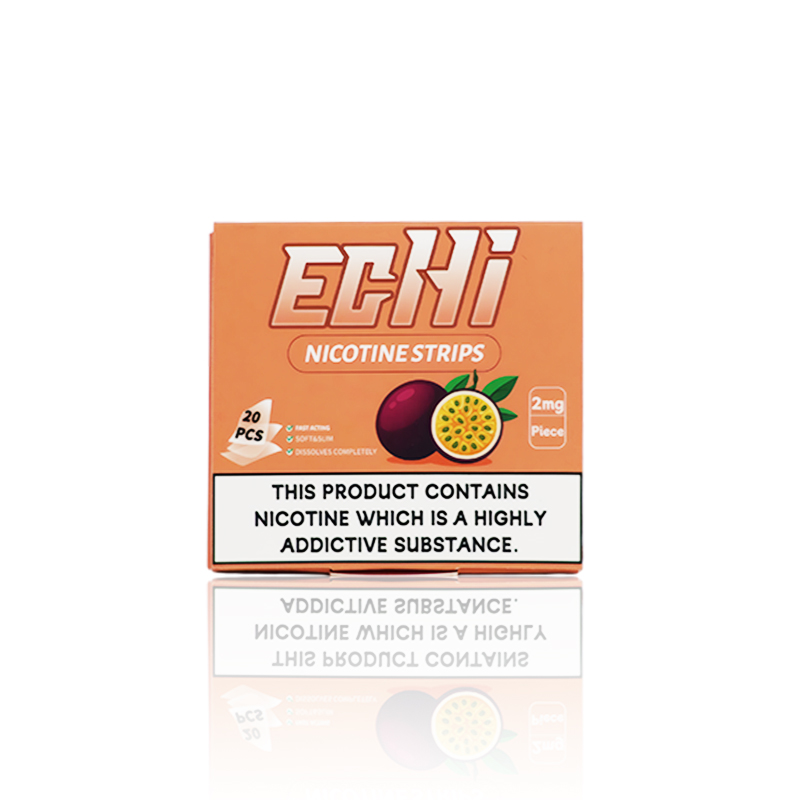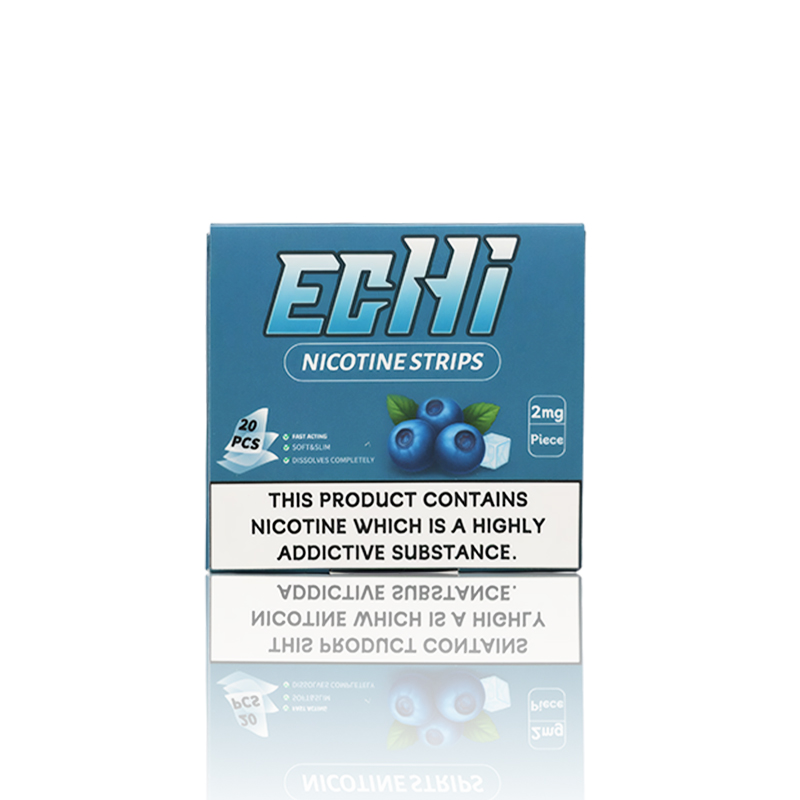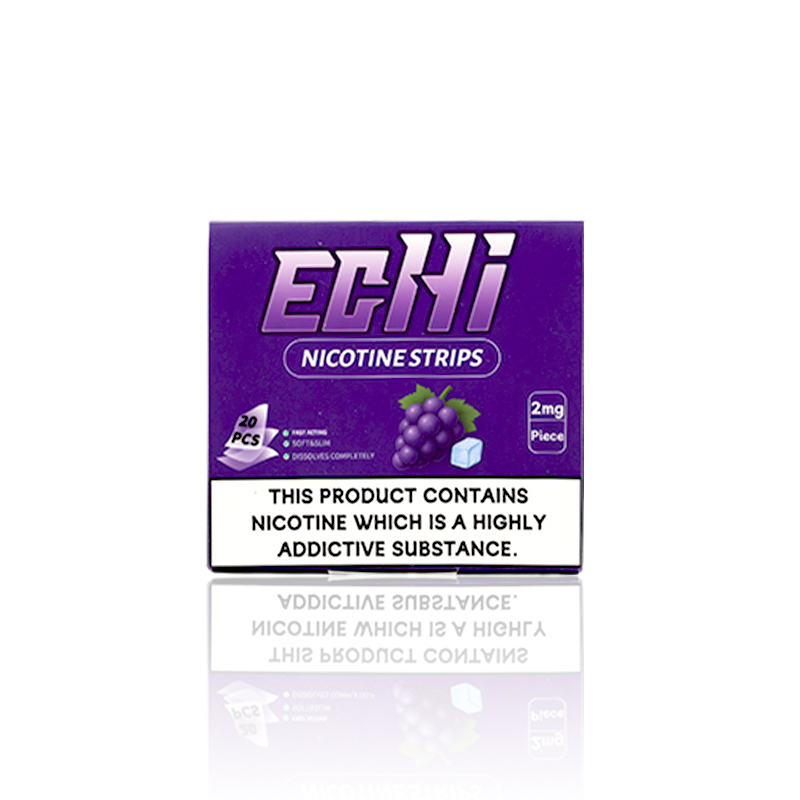People are using nicotine pouches more and more as a way to get their nicotine fix without smoking or vaping. They are easy to use, don’t smell, and are private. But with this rise in use comes an important question: can nicotine pouches cause mouth cancer?
What are pouches of nicotine?
Nicotine pouches are small, tobacco-free products that you put in your mouth. They have nicotine, plant-based fibers, sweeteners, and flavorings in them. People put them under their lips so that nicotine can soak through the lining of their mouths. They don’t have tobacco leaf in them like chewing tobacco does, but they still give you nicotine.
The Connection Between Nicotine and Cancer
Nicotine is not a cancer-causing substance. Studies show that it is addictive and may harm blood vessels and tissues in the mouth, but it does not directly cause cancer.
Cancer is strongly linked to tobacco-specific carcinogens, which are found in cigarettes and chewing tobacco. Nicotine pouches don’t have tobacco leaves in them, so they don’t have a lot of these harmful chemicals.
There are still not many long-term studies. Scientists are still looking into whether long-term use of nicotine pouches could indirectly raise the risk of gum disease, which could hurt your overall oral health.
Comparing the Risks of Tobacco and Nicotine Pouches
Nicotine pouches: No tobacco, no burning, and no smoke. Some possible risks are irritation of the gums, dryness of the mouth, and a possible long-term effect on oral health.
Smokeless tobacco: There are links between tobacco leaf and cancers of the mouth, throat, and other parts of the body.
In conclusion, nicotine pouches may be safer than regular tobacco, but we don’t know if they can cause mouth cancer because there isn’t enough research.
What Professionals Say
Most health experts agree that nicotine pouches are safer than smoking or chewing tobacco.
But they do come with some risks. Possible oral problems, such as gum recession and irritation, are still being looked into.
Before we can say for sure how cancer risk is affected, we need more long-term clinical studies.
From a business point of view, offering safer options

At Echi, we are dedicated to making high-quality nicotine pouches and strips for the global market. As a supplier of nicotine from China, we focus on:
Quality control that is always the same
Strengths and flavors that can be changed
Wholesalers, retailers, and distributors can count on B2B partnerships
Businesses can stay ahead of global demand by working with Echi to offer customers new nicotine alternatives.
Last Thoughts
So, can nicotine pouches give you cancer in your mouth? There is some evidence that they are less harmful than tobacco products, but they are not completely safe. Nicotine is not a direct carcinogen, but users should be aware of the possible effects on their oral health. Businesses can responsibly meet the growing demand from customers for safer, tobacco-free nicotine options.







